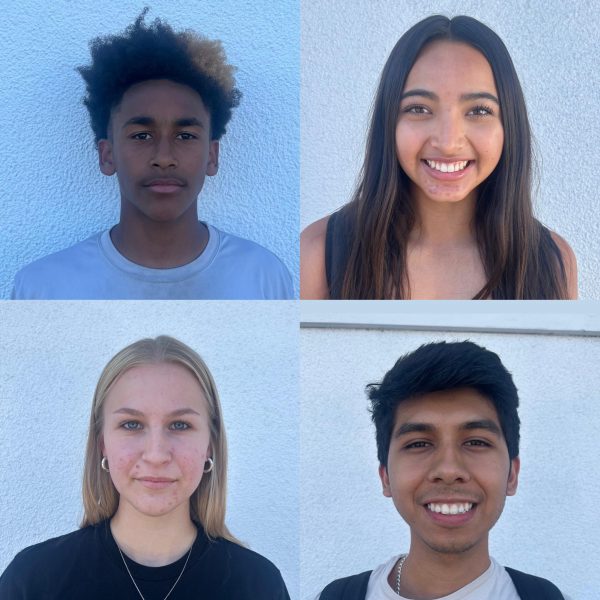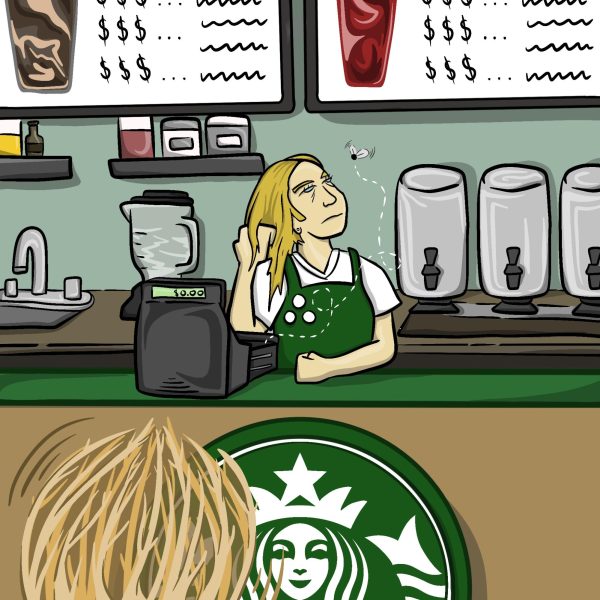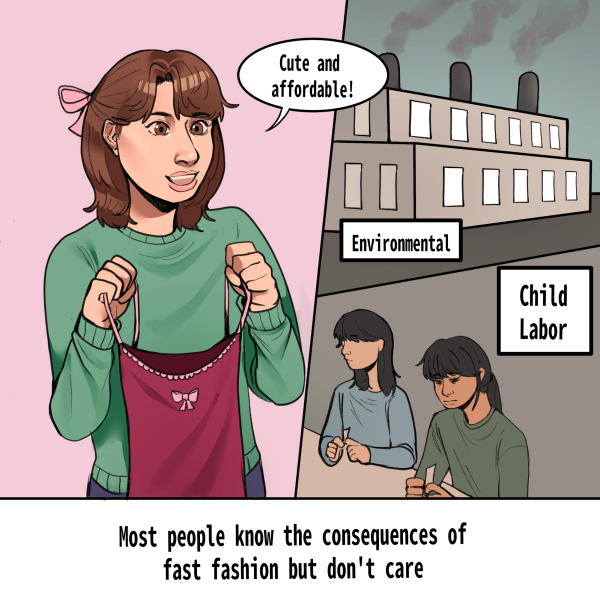Yes/No: Should students still wear masks after the mask mandate lift?
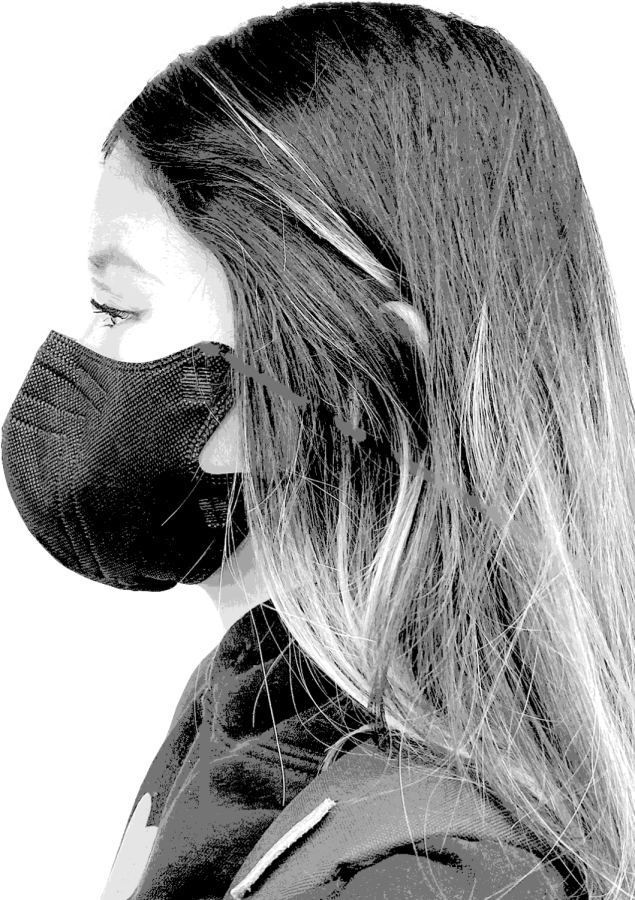
Yes.
By: Antoinette Gilbert
Mask mandates are quickly being lifted across the United States, including the Sweetwater Union High School District (SUHSD). After spring break, the mask mandate has officially been lifted by SUHSD at Bonita Vista High (BVH), where students, teachers and staff members walk on school grounds with and without masks.
A growing number of students at BVH are eliminating masks every day, though there are students that are still concerned with such a decision. In a poll conducted by the Crusader the week of Apr. 25, 38 percent of 258 students continued to wear a mask indoors after Spring Break. According to the Center for Disease Control and Prevention (CDC), “As of April 20, 2022, the current 7-day moving average of daily new cases increased 35.3% compared with the previous 7-day moving average.” The CDC’s statistics suggest that the increase in COVID-19 is due to the lifting of the mask mandate across the nation. In other words, continuing to wear masks has the ability to mitigate the spread of positive COVID-19 cases.
Locally, according to the New York Times, San Diego has an average of 399 COVID-19 cases as of April 24. Due to the prevalence of the COVID-19 pandemic, students and staff members who continue to wear a mask may feel cautious of people around them and do not want to contract the virus.
Many still wear masks due to not knowing if others are vaccinated or not. According to an online poll of 8,086 people conducted by the Washington Post, about 58 percent of Americans are worried about bringing COVID-19 home, with Hispanics and African-Americans being worried the most. Additionally, some may feel concerned about family members possibly contracting COVID-19 and may be severely harmed by the effects of the virus, resulting in students or staff members being careful and staying masked.
Furthermore, people still wear their masks because the mask mandates implemented during the pandemic have been deemed the norm. According to an article titled “Not everyone is ready to take the leap and stop wearing face masks” written by Senior Editor for National Republic Radio Rob Stein, “Everyone deals with the pandemic differently,” whether it means wearing a mask or not. However, Stein explains that those who wear masks feel more comfortable with their mask on because they are accustomed to wearing them and found security in them.
Despite one’s stance to the wearing of masks, everyone’s decision deserves to be respected. All in all, continuing to wear masks in school proves to be beneficial in upholding safety and mitigating the spread of the COVID-19 virus and flattening the curve. — Antoinette Gilbert
Aside from the continuous rise of COVID-19 cases and the normalcy around masks, students and staff members continue to provide protection from the virus that has taken over many students’ lives for the past two years. Many wear the mask, knowing that it will protect themselves, but are unsure if others do the same. For instance, “Masks are a must” from the Crusader states, “Masks are an essential way to stop the spread of the disease because they ‘help block large-particle droplets, splashes, sprays, or splatter that may contain germs,’ as stated by the Food and Drug Association (FDA)”.
Though some students on campus may argue that the COVID-19 vaccination protects students from the virus better than masks, the chance of contracting COVID-19 is still a possibility, despite the vaccine. According to the CDC, “Most people who get COVID-19 are unvaccinated. However, since vaccines are not 100% effective at preventing infection, some people who are fully vaccinated will still get COVID-19.”
The CDC furthers that there are precautions that can prevent the chance of getting COVID-19 or getting sick in general, which includes wearing a mask. The goal of the COVID-19 vaccine is to reduce the severity of the virus within an individual if they do happen to contract it. Overall, solely getting vaccinated does not guarantee absolute protection from the virus.
In addition, wearing a mask prevents mild symptoms of the COVID-19 virus such as congestion, sore throat and fatigue. However, even without the symptoms of COVID-19, students who do not wear masks can still spread COVID-19 to those who are unvaccinated.
However, there is a large population of students and staff members who choose not to wear a mask. The Crusader conducted a poll of 260 students, where 62.3 percent chose to not wear their masks. Their reasons may range from personal beliefs to health issues. Despite one’s stance to the wearing of masks, everyone’s decision deserves to be respected. All in all, continuing to wear masks in school proves to be beneficial in upholding safety and mitigating the spread of the COVID-19 virus and flattening the curve.
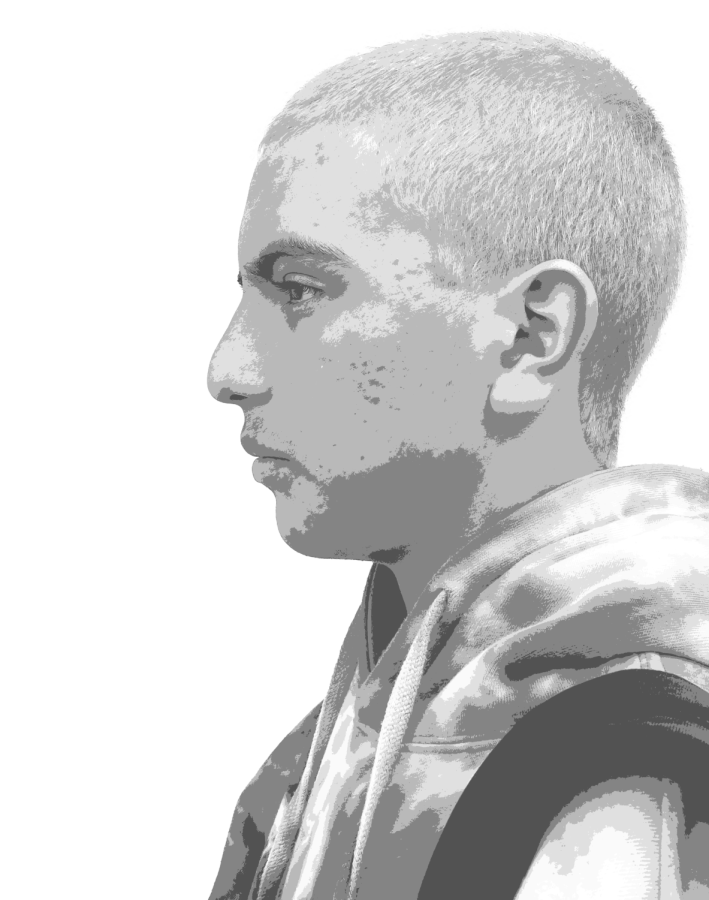
No.
By: Gabriella Bomjardim
On March 11, the Sweetwater Union High School District (SUHSD) sent out a new mask protocol to the schools within the district. This new protocol stated that masking indoors is now a recommendation and no longer a requirement unless unvaccinated from COVID-19. The mask mandate lift was a relief for some Bonita Vista High (BVH). In a poll conducted by the Crusader the week of Apr. 25, 62 percent of 258 students decided not to wear a mask indoors after Spring Break.
The wearing of masks can affect students with asthma. According to the Allergy and Asthma Clinic, it is possible that some people with asthma may feel difficulty getting adequate breath while wearing a face mask. Researchers at the University of Illinois Chicago conducted an online survey of 501 adults with asthma to better understand the extent of, and the problems related to, mask use in the era of COVID-19. Even though study participants almost uniformly adhered to mask-wearing in public, 84 percent experienced discomfort, and 75 percent reported trouble breathing or shortness of breath at least a little of the time while wearing a mask.
That is, everyone has the right to their own opinions and thoughts. They are also free to voice their opinions as long as they do not endanger other people. At BVH, students and staff can demonstrate their feelings regarding the mask by wearing one or not. — Gabriella Bomjardim
Additionally, for BVH students who struggle with hearing, interacting with others unmasked would make it easier to read people’s lips. According to National Geographic, researchers are worried that the inability to see a speaker’s mouth move—and the muffling effects of wearing a mask—could keep children from understanding and learning new words.
Furthermore, BVH students rely on facial cues to navigate the world and interact with one another. Since the pandemic, people’s social interactions have changed because they no longer have these facial cues. This means that they must rely on hearing and trying to interpret tone through the person they are listening to since they can no longer see their facial expressions. Not only can not wearing a mask help people who are deaf but it can also help people who have trouble understanding social cues.
Continuing to wear masks may remind BVH students of the virus and the memories that come with it. According to Get the Gloss, removing the mask for some people is a way to break free and overcome the COVID-19 virus. Other times, people may feel as if COVID-19 is over and everything is getting back to ‘normal’ so masks aren’t necessary anymore. Some people may be over this pandemic and just don’t want to look back at the struggling times.
Moreover, wearing a mask may make BVH students feel self-conscious about the way they look. Wearing a mask alters how these students perceive themselves. Most individuals only focus on the upper area of people’s faces, including the eyes and forehead, because those are all they can see when wearing a mask. According to Executive Support Magazines, a June poll performed by Imperial College London discovered that there were a number of additional reasons why individuals were set on not wearing masks. For instance, 52 percent reported feeling self-conscious, while 47 percent reported feeling embarrassed when they wear their masks.
Although there are some BVH students who continue to wear the mask because they are afraid of contracting COVID-19, one alternative to staying protected is to get vaccinated. According to Time, 18.8 percent of children in the 5-11 age group are fully vaccinated, and 28.1 percent have received one dose. In vaccinated children, the flu poses more danger than COVID-19.
Despite the varying stance on the wearing of masks, BVH students must respect other people’s decisions on whether or not to wear a mask because they are free to express their own ideas and perspectives. Those who choose not to wear masks, on the other hand, should not feel as though they are in the wrong or are causing a problem.
According to the First Amendment of the United States Constitution, “Congress shall make no law respecting an establishment of religion, or prohibiting the free exercise thereof; or abridging the freedom of speech, or of the press; or the right of the people peaceably to assemble, and to petition the government for a redress of grievances.”
That is, everyone has the right to their own opinions and thoughts. They are also free to voice their opinions as long as they do not endanger other people. At BVH, students and staff can demonstrate their feelings regarding the mask by wearing one or not.

Hello! I am a senior at Bonita Vista High and this is my first year as a member of The Crusader. This year I am one of the two photographers. I joined...

I am a junior at Bonita Vista High and this is my third year as a staff member on the Crusader. I am currently the Opinion Editor and was previously...
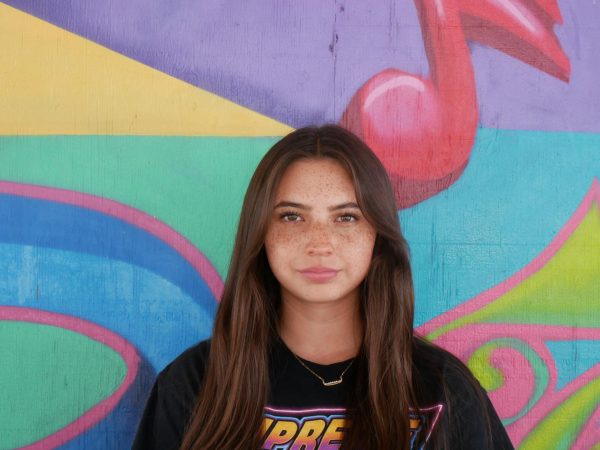
As a junior, this is my third year as a part of the Crusader staff. This year I am a News Editor and was previously the Staff Artist and Photographer....



